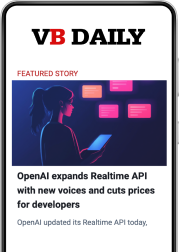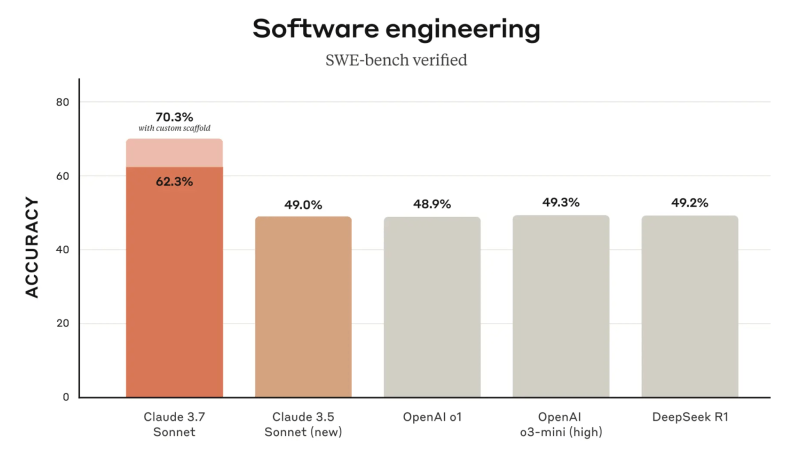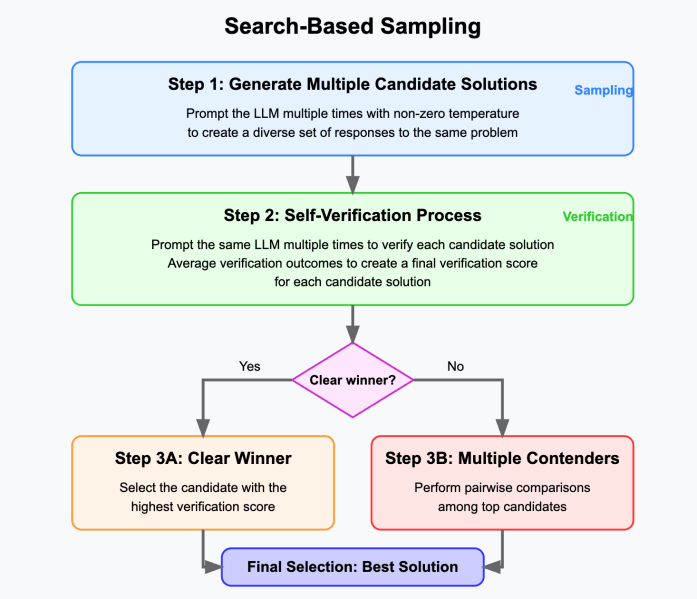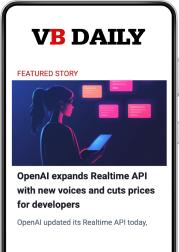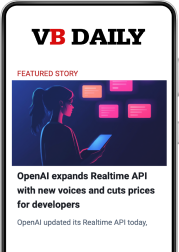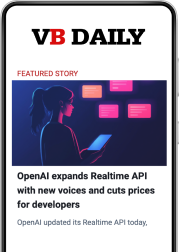Microsoft infuses enterprise agents with deep reasoning, unveils data Analyst agent that outsmarts competitors
Join our daily and weekly newsletters for the latest updates and exclusive content on industry-leading AI coverage. Learn More Microsoft has built the largest enterprise AI agent ecosystem, and is now extending its lead with powerful new capabilities that position the company ahead in one of enterprise tech’s most exciting segments. The company announced Tuesday evening two significant additions to its Copilot Studio platform: deep reasoning capabilities that enable agents to tackle complex problems through careful, methodical thinking, and agent flows that combine AI flexibility with deterministic business process automation. Microsoft also unveiled two specialized deep reasoning agents for Microsoft 365 Copilot: Researcher and Analyst. “We have customers with thousands of agents already,” Microsoft’s Corporate Vice President for Business and Industry Copilot Charles Lamanna, told VentureBeat in an exclusive interview on Monday. “You start to have this kind of agentic workforce where no matter what the job is, you probably have an agent that can help you get it done faster.” Microsoft’s distinctive Analyst agent While the Researcher agent mirrors capabilities from competitors like OpenAI’s Deep Research and Google’s Deep Research, Microsoft’s Analyst agent represents a more differentiated offering. Designed to function like a personal data scientist, the Analyst agent can process diverse data sources, including Excel files, CSVs, and embedded tables in documents, generating insights through code execution and visualization. “This is not a base model off the shelf,” Lamanna emphasized. “This is quite a bit of extensions and tuning and training on top of the core models.” Microsoft has leveraged its deep understanding of Excel workflows and data analysis patterns to create an agent that aligns with how enterprise users actually work with data. The Analyst can automatically generate Python code to process uploaded data files, produce visualizations, and deliver business insights without requiring technical expertise from users. This makes it particularly valuable for financial analysis, budget forecasting and operational reporting use cases that typically require extensive data preparation. Deep reasoning: Bringing critical thinking to enterprise agents Microsoft’s deep reasoning capability extends agents’ abilities beyond simple task completion to complex judgment and analytical work. By integrating advanced reasoning models like OpenAI’s o1 and connecting them to enterprise data, these agents can tackle ambiguous business problems more methodically. The system dynamically determines when to invoke deeper reasoning, either implicitly based on task complexity or explicitly when users include prompts like “reason over this” or “think really hard about this.” Behind the scenes, the platform analyzes instructions, evaluates context, and selects appropriate tools based on the task requirements. This enables scenarios that were previously difficult to automate. For example, one large telecommunications company uses deep reasoning agents to generate complex RFP responses by assembling information from across multiple internal documents and knowledge sources, Lamanna told VentureBeat. Similarly, Thomson Reuters employs these capabilities for due diligence in mergers and acquisition reviews, processing unstructured documents to identify insights, he said. See an example of the agent reasoning at work in the video below: Agent flows: Reimagining process automation Microsoft has also introduced agent flows, which effectively evolve robotic process automation (RPA) by combining rule-based workflows with AI reasoning. This addresses customer demands for integrating deterministic business logic with flexible AI capabilities. “Sometimes they don’t want the model to freestyle. They don’t want the AI to make its own decisions. They want to have hard-coded business rules,” Lamanna explained. “Other times they do want the agent to freestyle and make judgment calls.” This hybrid approach enables scenarios like intelligent fraud prevention, where an agent flow might use conditional logic to route higher-value refund requests to an AI agent for deep analysis against policy documents. Pets at Home, a U.K.-based pet supplies retailer, has already deployed this technology for fraud prevention. Lamanna revealed the company has saved “over a million pounds” through the implementation. Similarly, Dow Chemical has realized “millions of dollars saved for transportation and freight management” through agent-based optimization. Below is a video showing the Agent Flows at work: The Microsoft Graph advantage Central to Microsoft’s agent strategy is its enterprise data integration through the Microsoft Graph, which is a comprehensive mapping of workplace relationships between people, documents, emails, calendar events, and business data. This provides agents with contextual awareness that generic models lack. “The lesser known secret capability of the Microsoft graph is that we’re able to improve relevance on the graph based on engagement and how tightly connected some files are,” Lamanna revealed. The system identifies which documents are most referenced, shared, or commented on, ensuring agents reference authoritative sources rather than outdated copies. This approach gives Microsoft a significant competitive advantage over standalone AI providers. While competitors may offer advanced models, Microsoft combines these with workplace context and fine-tuning optimized explicitly for enterprise use cases and Microsoft tools. Microsoft can leverage the same web data and model technology that competitors can, Lamanna noted, “but we then also have all the content inside the enterprise.” This creates a flywheel effect where each new agent interaction further enriches the graph’s understanding of workplace patterns. Enterprise adoption and accessibility Microsoft has prioritized making these powerful capabilities accessible to organizations with varying technical resources, Lamanna said. The agents are exposed directly within Copilot, allowing users to interact through natural language without prompt engineering expertise. Meanwhile, Copilot Studio provides a low-code environment for custom agent development. “It’s in our DNA to have a tool for everybody, not just people who can boot up a Python SDK and make calls, but anybody can start to build these agents,” Lamanna emphasized. This accessibility approach has fueled rapid adoption. Microsoft previously revealed that over 100,000 organizations have used Copilot Studio and that more than 400,000 agents were created in the last quarter. The competitive landscape While Microsoft appears to lead enterprise agent deployment today, competition is intensifying. Google has expanded its Gemini capabilities for agents and agentic coding, while OpenAI’s o1 model and Agents SDK provide powerful reasoning and agentic tools for developers. Big enterprise application companies like Salesforce, Oracle, ServiceNow, SAP and others have all launched agentic platforms




